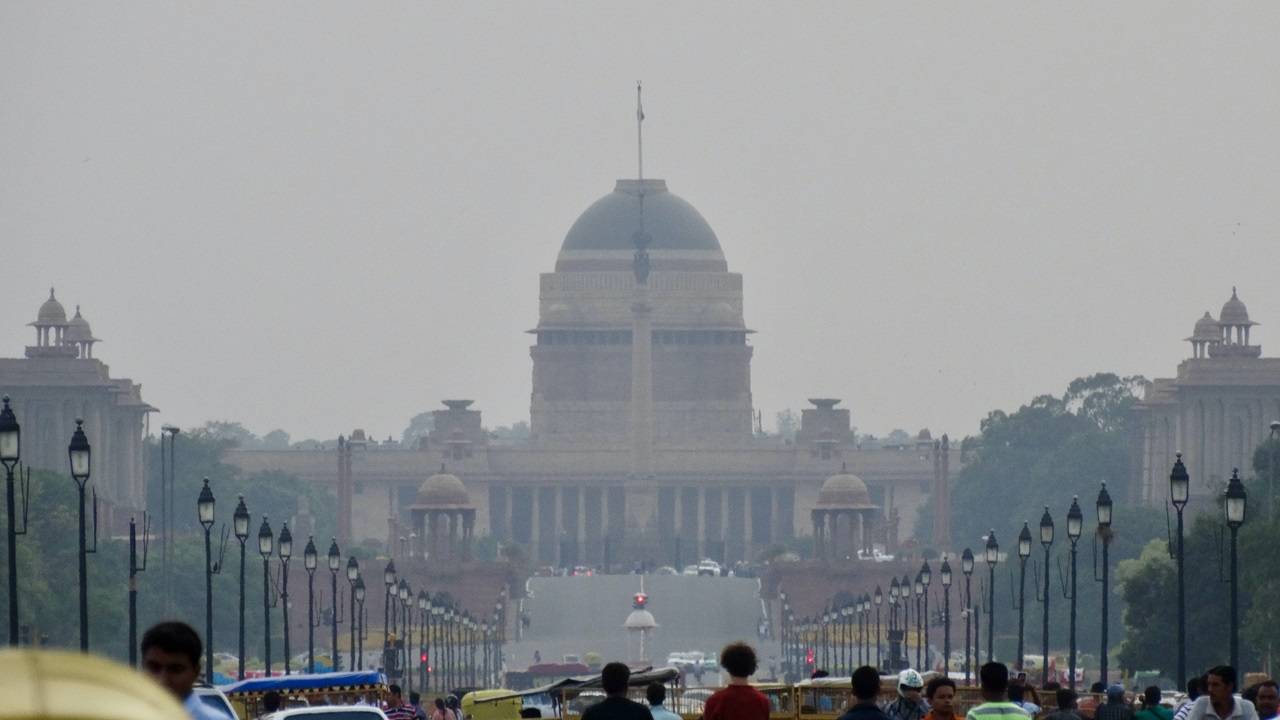
Major cities in Northern India continue to grapple with alarming levels of air pollution, as toxic haze envelops urban landscapes.
According to recent data from the Central Pollution Control Board (CPCB), Delhi leads the list of the top 10 most polluted cities in India, with several cities from Rajasthan, Uttar Pradesh, and Bihar following closely behind.
Current Air Quality Status
As of December 1, the CPCB data reveals that 22 cities out of 244 monitored cities reported 'very poor' air quality levels exceeding 300 on the Air Quality Index (AQI). Additionally, 34 cities registered 'poor' air quality levels above 200. Delhi stands out as the most severely affected, recording an overall AQI of 388, signalling a 'very poor' air quality status.
Top 10 Most Polluted Cities
-
Delhi: 388
-
Bikaner: 377
-
Bhiwadi: 362
-
Hanumangarh: 360
-
Noida: 358
-
Greater Noida: 356
-
Meerut 355
-
Rajgir: 345
-
Arrah: 342
-
Manesar: 339
Severe Air Quality Levels in Delhi
Several areas in Delhi are currently experiencing 'severe' category air quality, surpassing an AQI of 400. Specific locations like Alipur, Aya Nagar, Rohini, Dwarka Sector-8, RK Puram, Jahangirpuri, Punjab Bagh, and Wazirpur have recorded alarming AQI values, emphasizing the critical state of air pollution in the region.
Other Cities with High AQI
Apart from the top ten cities, additional areas that reported AQI values above 300 include Begusarai, Ghaziabad, Gurugram, Byrnihat in Meghalaya, Faridabad, Hapur in UP, Patna, and Motihari in Bihar.
The Commission for Air Quality Management attributes the deterioration of air quality in Delhi during November to unfavourable meteorological conditions and the peak of paddy harvesting activities during Diwali. The average AQI for November 2023 stands at 373, slightly lower than the 2021 figure of 380.
Notably, there were nine days of 'severe' air quality, 17 days of 'very poor,' and four days of 'poor' air quality during the month.
Improvements in Daily Average AQI
Despite the concerning situation, the daily average AQI for Delhi between January and November 2023 showcases a slight improvement compared to the corresponding period in the last six years. The AQI for this period in 2023 is recorded at 190, compared to 199 in 2022, 196 in 2021, 172 in 2020 (affected by Covid), 203 in 2019, and 213 in 2018.
The persistent air pollution crisis in major Northern Indian cities, especially Delhi, demands urgent attention and comprehensive measures to address the sources of pollution. With the winter season exacerbating the situation, collaborative efforts are crucial to mitigate the adverse impact on public health and the environment.
As the data highlights, the need for effective policies and strategies to combat air pollution remains a pressing concern for the well-being of residents in these affected regions.
















